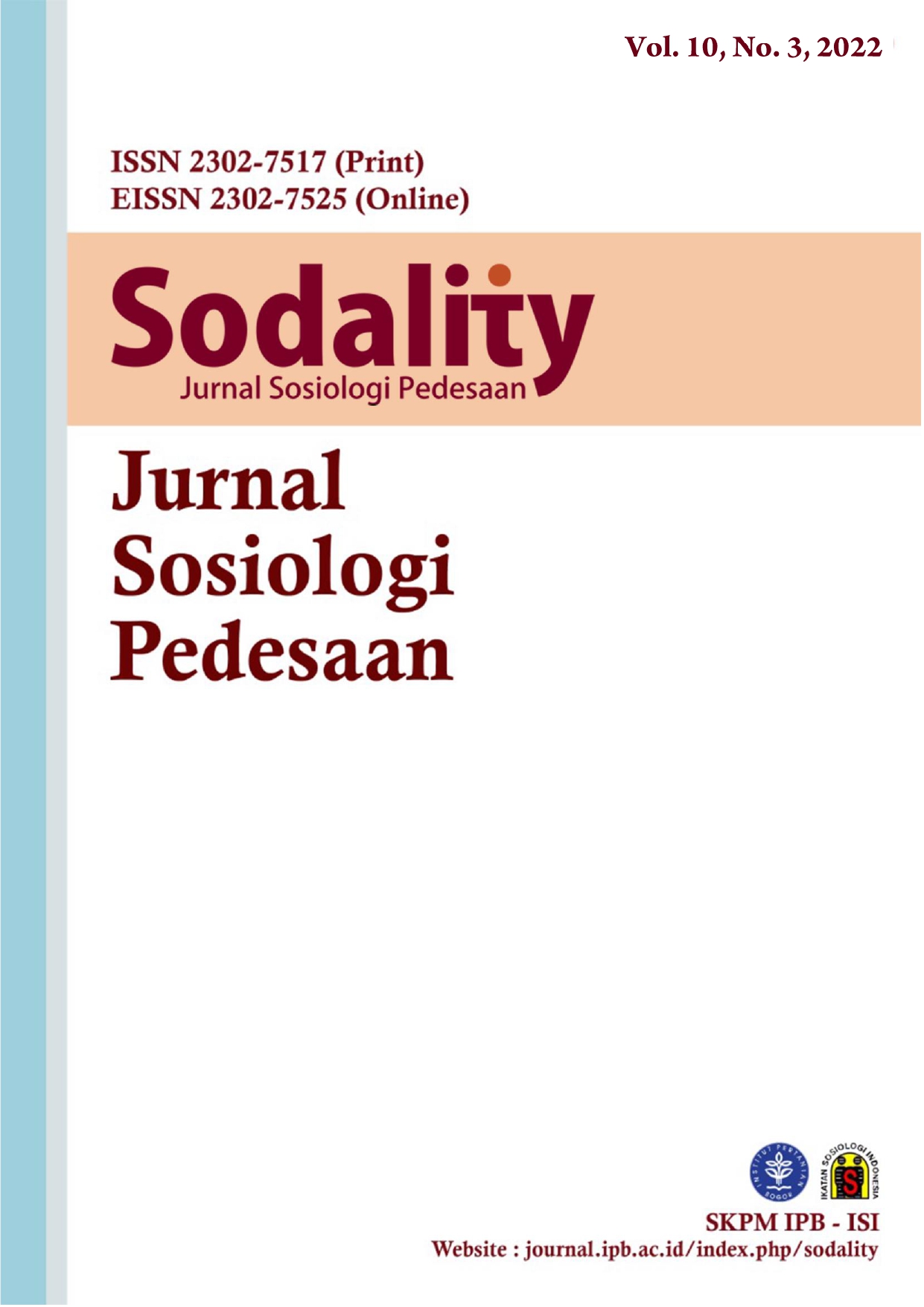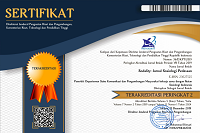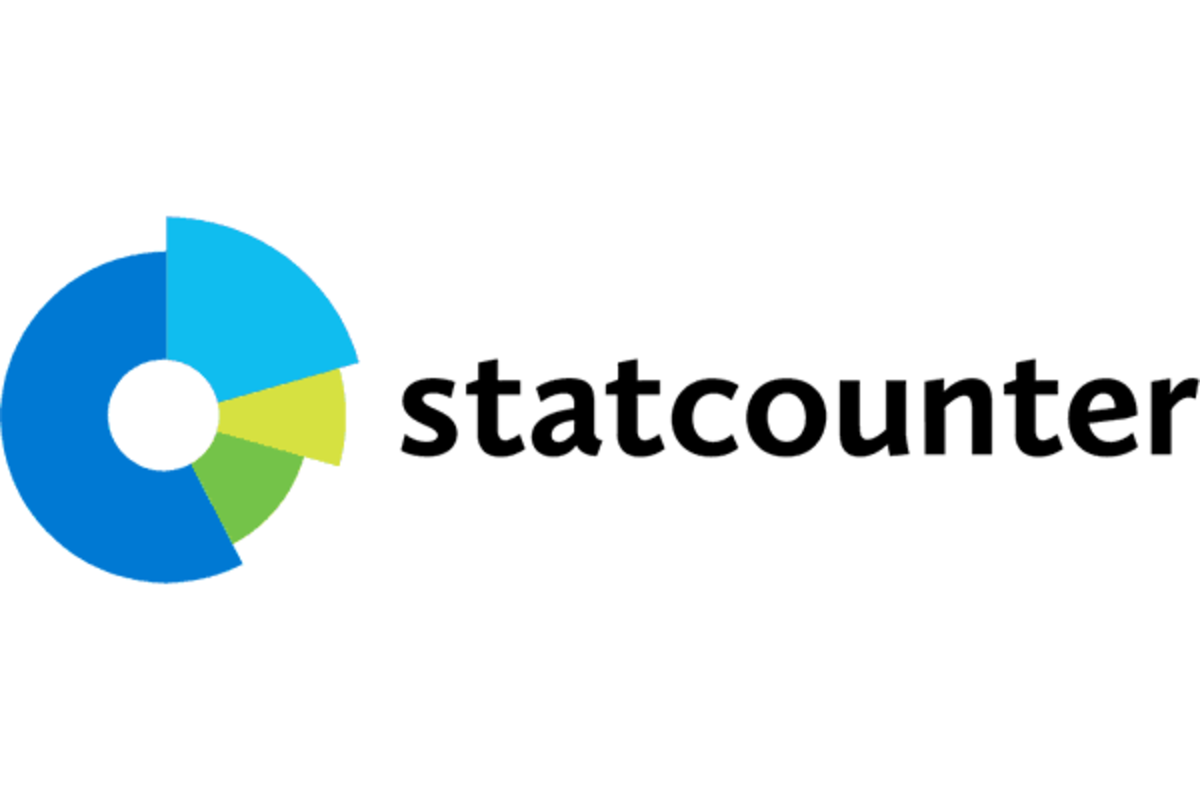Comparative Analysis of Social Economic and Ecological Progress of “Oil Palm Village” and “Non-Oil Palm Village” Communities
Abstract
This study aimed to analyze the level of social, economic, and ecological progress of the Oil Palm Village communities and compare the level of social, economic, and ecological progress between the Oil Palm Village and Non-Oil Palm Village communities. Indonesia is one of the major palm oil-producing countries in the world. Palm oil has brought economic benefits nationally and also to local communities. However, in its development, there has been a controversy surrounding the palm oil commodity, namely in the case of Indonesian palm oil which is related to the issues of deforestation and territorialization due to the economic interests of palm oil versus the existence of forest areas. This study used a Quantitative Approach with Secondary Data Methods from primary sources (Ministry of Village, Development of Disadvantage Region, and Transmigration, BPS, and Directorate General of Plantation) with the village communities as the unit of analysis. As many as 524 village communities were selected from the population of Oil Palm Villages and Non-Oil Palm Villages in eight provinces of Indonesia’s oil palm centers with a combination of Purposive Multistage Sampling and Propensity Score Matching methods. Descriptive analysis, comparative analysis, analysis of the difference in progress using the Difference in Difference (DID) model, and the binary logistic regression method were carried out in this study. The results of the study revealed the facts that there has been an increase in social, economic, and ecological progress in various Oil Palm Village communities. The level of social, economic, and ecological progress of Oil Palm Village communities is higher than that of Non-Oil Palm Village communities. These facts indicate that the community sustainability level of the Oil Palm Village communities is superior to that of the Non-Oil Palm Village communities.
References
Abram, N. K., Meijaard, E., Wilson, K. A., Davis, J. T., Wells, J. A., Ancrenaz, M., Budiharta, S., Durrant, A., Fakhruzzi, A., Runting, R. K., Gaveau, D., & Mengersen, K. (2017). Oil palm–community conflict mapping in Indonesia: A case for better community liaison in planning for development initiatives. Applied Geography, 78. https://doi.org/10.1016/j.apgeog.2016.10.005.
Afrizal. (2015). Third-party intervention in terminating oil palm plantation conflicts in Indonesia: A structural analysis. Sojourn, 30(1). https://doi.org/10.1355/sj30-1e.
Baihaqi, B. (2019). Evaluasi Program CSR PT. Socfindo terhadap Kesejahteraan Masyarakat Nagan Raya. Jurnal Sosiologi USK (Media Pemikiran & Aplikasi), 13(1), 16–33. https://doi.org/10.24815/jsu.v13i1.13590.
Bou Dib, J., Alamsyah, Z., & Qaim, M. (2018). Land-use change and income inequality in rural Indonesia. Forest Policy and Economics, 94(March), 55–66. https://doi.org/10.1016/j.forpol.2018.06.010.
Brad, A., Schaffartzik, A., Pichler, M., & Plank, C. (2015). Contested territorialization and biophysical expansion of oil palm plantations in Indonesia. Geoforum, 64. https://doi.org/10.1016/j.geoforum.2015.06.007.
Budidarsono, S., Susanti, A., & Zoomers, A. (2013). Oil Palm Plantations in Indonesia: The Implications for Migration, Settlement/Resettlement and Local Economic Development. In Zhen Fang, ed., Biofuels: Economy, Environment and Sustainability. http://dx.doi.org/10.5772/53586.
Budidarsono, Sonya, D., Sofiyuddin, M., & Rahmanulloh, A. (2012). Palm oil production. In Palm Oil Series (Issue 27). https://doi.org/10.1016/s1351-4210(14)70080-0.
Colletta, Nat, J., & Cullen, M. (2000). Violent Conflict and the Transformation of Social Capital Lesson from Cambodia, Rwanda, Guatemala, and Somalia. The World Bank.
Edwards, R. B. (2019). Export Agriculture and Rural Poverty: Evidence from Indonesian Palm Oil, 1–73. http://barrett.dyson.cornell.edu/NEUDC/paper_305.pdf.
Euler, M., Schwarze, S., Siregar, H., & Qaim, M. (2016). Oil Palm Expansion among Smallholder Farmers in Sumatra, Indonesia. Journal of Agricultural Economics, 67(3). https://doi.org/10.1111/1477-9552.12163.
Gatto, M., Wollni, M., Asnawi, R., & Qaim, M. (2017). Oil Palm Boom, Contract Farming, and Rural Economic Development: Village-Level Evidence from Indonesia. World Development, 95(July), 127–140.
Harahap, E. M. (2007). Peranan Tanaman Kelapa Sawit pada Konservasi Tanah dan Air.
Hirabayashi, Y., Tanoue, M., Sasaki, O., Zhou, X., & Yamazaki, D. (2021). Global exposure to flooding from the new CMIP6 climate model projections. Scientific Reports, 11(1). https://doi.org/10.1038/s41598-021-83279-w.
Kasryno. (2015). The Economic Impacts of Palm Oil in Indonesia.
Krishna, V., Euler, M., Siregar, H., & Qaim, M. (2017). Differential livelihood impacts of oil palm expansion in Indonesia. Agricultural Economics (United Kingdom), 48(5). https://doi.org/10.1111/agec.12363.
Li, T. M. (2017). Intergenerational displacement in Indonesia’s oil palm plantation zone. Journal of Peasant Studies, 44(6). https://doi.org/10.1080/03066150.2017.1308353.
Marwan, Marsudi, & Alwi, A. (2016). Model Implementasi CSR (Corporate Social Responsibility) pada Sektor Perkebunan Kelapa Sawit di Kabupaten Kubu Raya dalam Pembangunan Infrastruktur Perdesaan. Jurnal Teknik Sipil, 16(1). https://jurnal.untan.ac.id/index.php/jtsuntan/article/view/24395.
McCarthy, J. F. (2010). Processes of inclusion and adverse incorporation: oil palm and agrarian change in Sumatra, Indonesia. The Journal of Peasant Studies, 37(4), 821–850.
PASPI-Monitor. (2021). Analysis of Palm Oil Strategic Issues. Palm Oil Agribusiness Strategic Policy Institute, II(28).
PASPI. (2014). Industri Minyak Sawit Indonesia Berkelanjutan: Peranan Industri Minyak Sawit dalam Pertumbuhan Ekonomi, Pembangunan Pedesaan, Pengurangan Kemiskinan dan Pelestarian Lingkungan. PASPI.
PASPI. (2017). The Myths vs Facts of Indonesia’s Palm Oil Industry in Social, Economi (Third Edit). PASPI.
Rifin. (2011). The Role of Palm Oil Industry in Indonesian Economy and Its Competitiveness. University of Tokyo.
Santika, T., Wilson, K. A., Budiharta, S., Law, E. A., Poh, T. M., Ancrenaz, M., Struebig, M. J., & Meijaard, E. (2019). Does oil palm agriculture help alleviate poverty? A multidimensional counterfactual assessment of oil palm development in Indonesia. World Development, 120. https://doi.org/10.1016/j.worlddev.2019.04.012.
Santosa, S. J. (2008). Palm oil boom in Indonesia: From plantation to downstream products and biodiesel. In Clean-Soil, Air, Water, 36(5–6). https://doi.org/10.1002/clen.200800039.
Satria. (2017). Analisis Kebijakan Coorporate Social Responsility (CSR) Terhadap Tingkat Kesejahteraan Masyarakat: Studi Kasus PTPN IV Kebun Sei Kopas, Kabupaten Asahan. Universitas Sumatera Utara.
Sayer, J., Ghazoul, J., Nelson, P., & Klintuni Boedhihartono, A. (2012). Oil palm expansion transforms tropical landscapes and livelihoods. Global Food Security, 1(2), 114–119. https://doi.org/10.1016/j.gfs.2012.10.003
Sitepu, R. K.-K., & Sinaga, B. M. (2006). Aplikasi Model Ekonometrika: Estimasi, Eimulasi, dan Peramalan menggunakan Program SAS. IPB Press.
Susila, W. (2004). Contribution of oil palm industry to economic growth and poverty alleviation in Indonesia. Jurnal Litbang Pertanian, 23.
Susila, W., & Munadi, E. (2008). Dampak Pengembangan Biodiesel Berbasis Cpo Terhadap Kemiskinan Di Indonesia. Informatika Pertanian, 17(2), 1173–1194. http://www.litbang.pertanian.go.id/warta-ip/pdf-file/3.wayan_ipvol17-2-2008.pdf.
Syahza, A. S. (2013). Upaya Percepatan Pembangunan Ekonomi Pedesaan. Jurnal Ekonomi Pembangunan, 14(1), 126–139.
Syahza, Suwondo, Heriyanto, Apriyanto, & Manurung. (2021). Laporan BPDPKS: Kajian Dampak Penerapan Tarif Layanan BPDPKS terhadap Kesejahteraan Petani.
Tabari, H. (2020). Climate change impact on flood and extreme precipitation increases with water availability. Scientific Reports, 10(1). https://doi.org/10.1038/s41598-020-70816-2.
Varkkey, H. (2012). The Growth and Prospects for the Oil Palm Plantation Industry in Indonesia. Oil Palm Industry Economic Journal, Vol 12(No.2).
World Growth. (2011). The Economic Benefit of Palm Oil to Indonesia.
Authors who publish with this journal agree to the following terms:
- Authors retain copyright and grant the journal right of first publication with the work simultaneously licensed under a

This work is licensed under a Creative Commons Attribution 4.0 International License. that allows others to share the work with an acknowledgement of the work's authorship and initial publication in this journal. - Authors are able to enter into separate, additional contractual arrangements for the non-exclusive distribution of the journal's published version of the work (e.g., post it to an institutional repository or publish it in a book), with an acknowledgement of its initial publication in this journal.
- Authors are permitted and encouraged to post their work online (e.g., in institutional repositories or on their website) prior to and during the submission process, as it can lead to productive exchanges, as well as earlier and greater citation of published work (See The Effect of Open Access).





.png)









